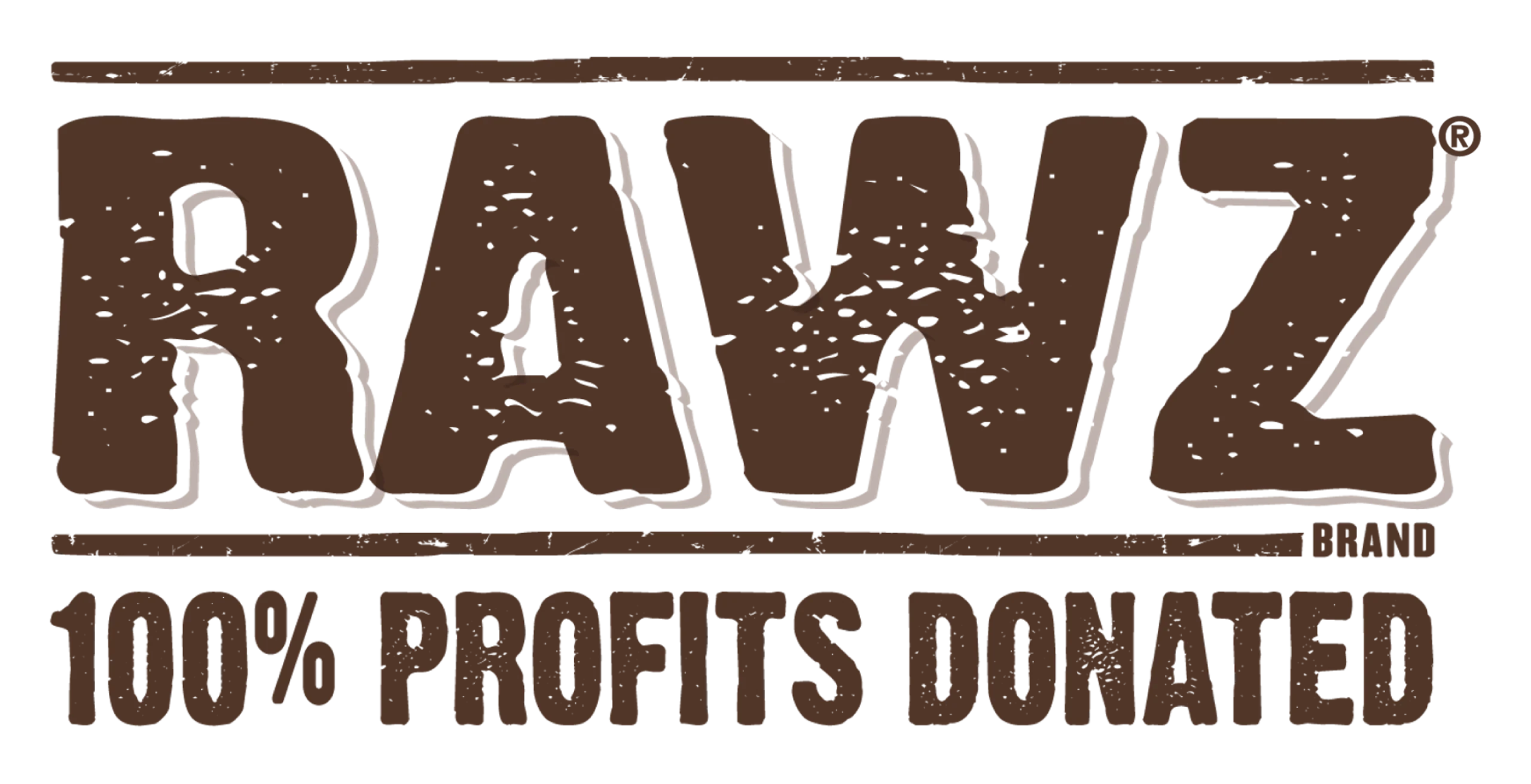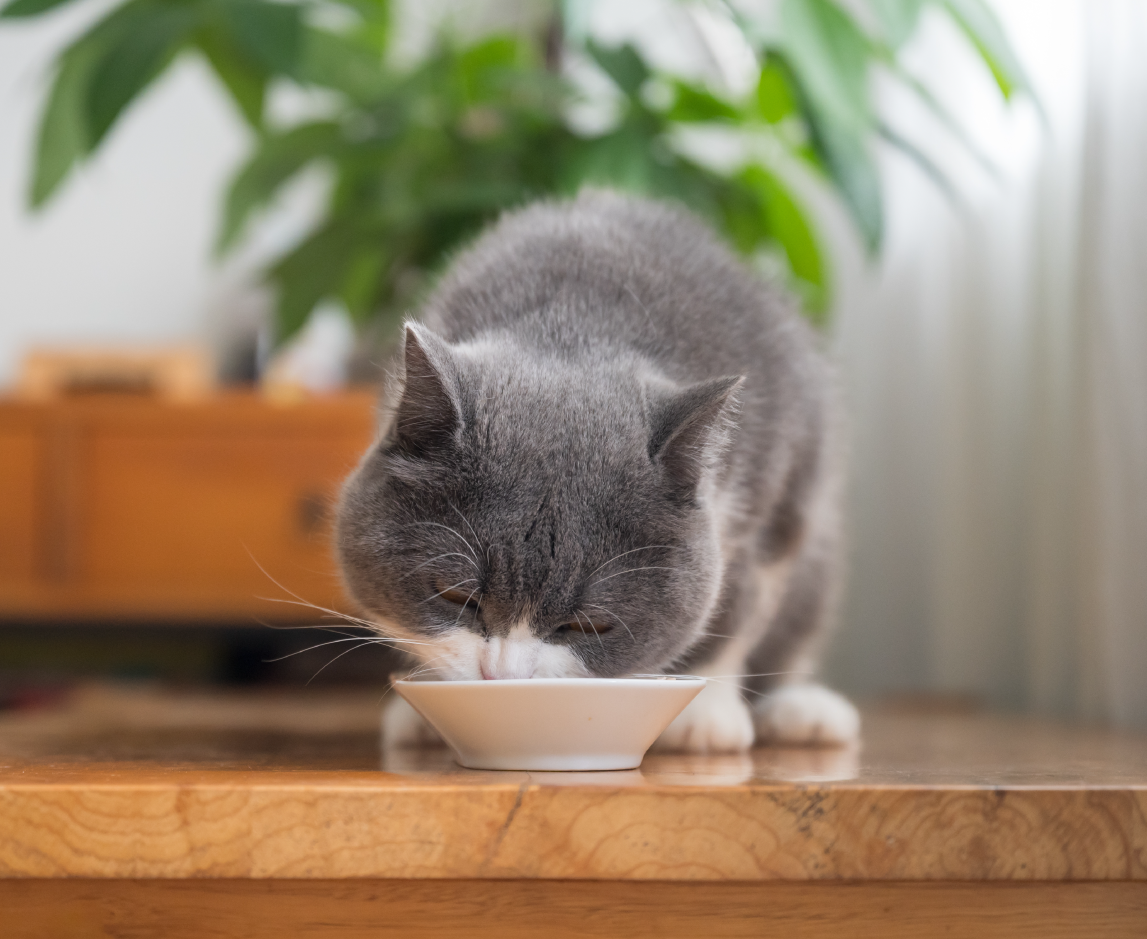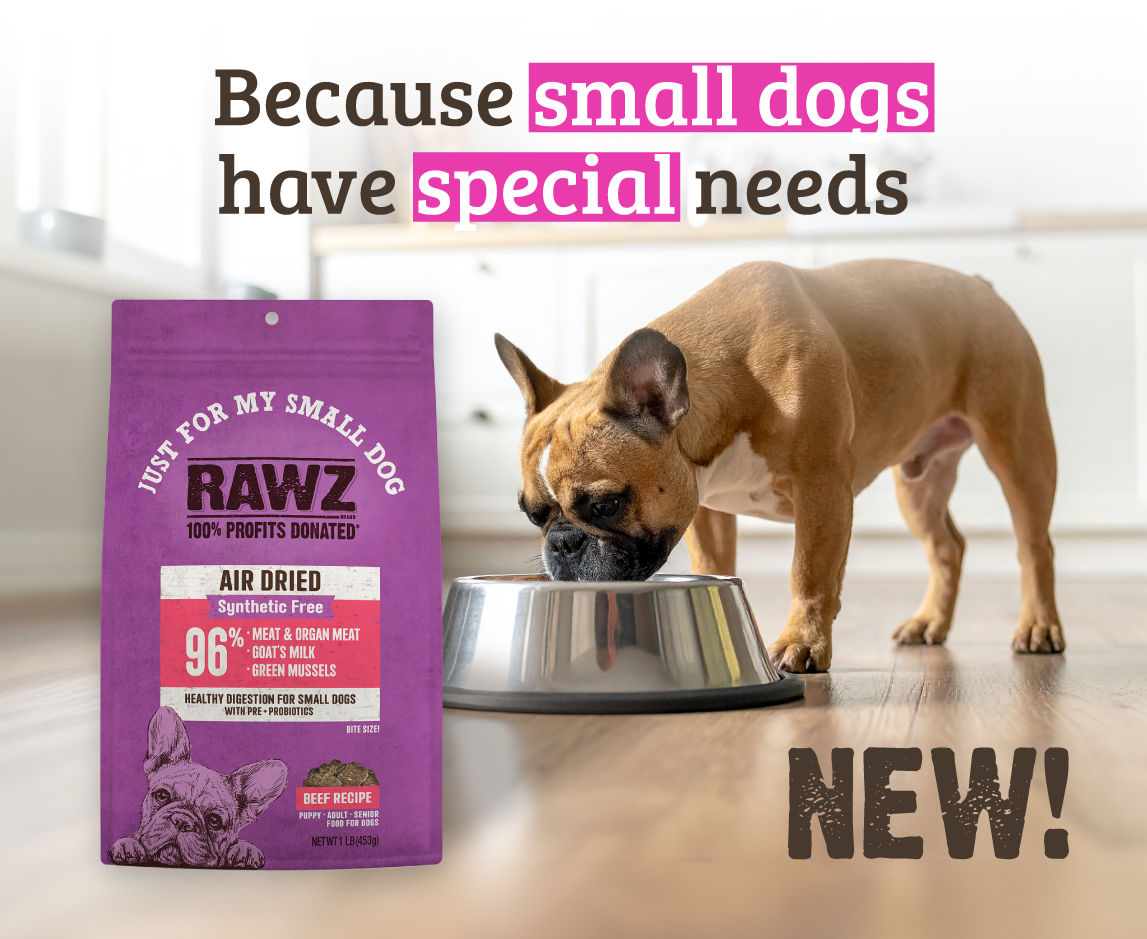The cat food market is flooded with attractive packaging and enticing claims that make navigating the sea of options a challenge. Beneath the alluring exterior, however, lies a disconcerting reality — most commercial cat food options are not what they seem. Many products contain ingredients that can contribute to a range of health issues, including diabetes, hypertension, weight gain, disease and even death.
From highlighting unsafe ingredients to helping you decode food labels, this article covers everything you need to know about selecting the best food for your cat. With the following insights at your fingertips, you can make informed choices that keep your furry feline healthy and content.
9 Types of Ingredients to Avoid in Cat Food
When selecting the ideal cat food for your feline companion, it’s crucial to steer clear of ingredients that can negatively impact their health. Here are nine cat food ingredients to avoid.
- Artificial Preservatives
Chemical and artificial preservatives help extend shelf life and enhance the visual appearance of cat food. However, it’s important to be aware that these preservatives can be detrimental to your feline’s well-being. While preservatives like BHT and BHA are generally considered safe when consumed in small quantities, studies have linked these ingredients with tumors and liver damage in lab animals.Ethoxyquin, another synthetic antioxidant, is commonly found in cat food formulas yet is prohibited for use in human food due to a potential for serious harm if ingested or in direct contact with skin.
Instead, prioritize your cat’s health by opting for foods that utilize natural preservatives like Vitamin C or E. In addition to mitigating the potential risk of synthetic additives, these natural alternatives assist in maintaining the quality and freshness of the food.
- Meat By-Products & Bone Meal
Exercise caution when considering cat foods with meat by-products and bone meal on the ingredients list because it can be hard to discern where the meat originates. While protein is essential to a cat's diet, unnamed by-products can have negative impacts on the spleen, kidney, brains or lungs, while meat and bone meal may come from roadkill or euthanized pets.Similarly, numerous cat food products contain 4D Meats, which refers to meat sourced from animals found dead, diseased, dying or disabled. When searching for suitable cat food, consider this reliable rule of thumb: if it isn't fit for human consumption, you probably shouldn’t feed it to your cat.
- Carbohydrate Fillers
Numerous commercial cat food products contain carbohydrate fillers, which are cost-effective but come at the expense of optimal nutrition. Among these fillers is wheat gluten, a cheap alternative to muscle meat protein or whole grains. While wheat gluten does contain protein, cats are obligate carnivores who thrive off highly digestible animal-based protein rather than alternative sources.Wheat gluten has been shown to contain melamine, an industrial chemical frequently found in fillers that, when mixed with cyanuric acid, has caused kidney failure and kidney stones in cats.
Budget-friendly fillers carry the potential for severe repercussions such as consumption of deadly mold, susceptibility to diabetes, digestive complications, arthritis, allergic reactions and the risk of kidney and liver dysfunction. Avoiding these detrimental additives when selecting cat food can help promote the longevity and well-being of your beloved feline companion.
- Sweeteners
Sweeteners like glucose and caramel can enhance a cat food’s aesthetic, but this is typically more appealing to owners than it is beneficial to cats. While harmless in small doses, glucose, dextrose and other sweeteners can lead to a range of dangerous health implications, such as obesity, diabetes, weight gain, hyperactivity and food addiction over time. - Rendered Fats
Rendered fats are not typically found on pet food labels but are disguised as “chicken fat” or “beef fat” and can pose risks to feline health. Commonly used by commercial cat food suppliers, rendering is a process in which animal tissues are heated to separate fats from the protein and moisture of an animal source. One significant danger lies in the fact that rendered ingredients may include 4D meats (animals that are dead, dying, diseased or disabled), which can expose cats to a range of health issues.The rendering process itself can be problematic because it doesn’t differentiate high-quality tissues from those with less nutritional value, and the high temperature involved can strip fats of quality nutrients that support overall cat health. Therefore, it’s best to avoid these bad ingredients in cat food and opt for products that prioritize transparent sourcing and quality protein sources.
- Artificial Colors and Flavors
While food coloring can improve the visual appearance of certain food products, it can also trigger potential health complications. Despite the relatively low risk, red, yellow and blue food coloring have been shown to heighten hyperactivity levels in children. Iron oxide is another ingredient used to enhance the color of meat; however, it can be cultivated from rust and, while largely unstudied, is likely unsafe for consumption.Additionally, flavor additives used to enhance the taste of meat can lead to serious problems. Sodium nitrate is a common flavor enhancer that can become a carcinogen, while titanium dioxide can break down chromosomes when ingested and cause DNA damage, cancer, inflammation and genetic disorders. Because these additives don’t offer any nutritional value to cats, it’s best to avoid them entirely.
- Animal & Vegetable Fats
Animal and vegetable fats, while prevalent in many cat food products, are not optimal ingredients for felines. Animal fats, like beef tallow, can lead to excessive calorie intake, weight gain or digestive discomfort. Similarly, cats can't effectively convert vegetable fats (i.e., flax and safflower oil) to the fatty acids required for their well-being. - Corn, Wheat & Soy
Commonly included as fillers, corn, wheat and soy can be problematic for cats. Wheat and soy are known allergens for felines, triggering allergic reactions and disturbances in the digestive system.Beyond this, the prevalence of genetic modification (GM) compounds the issue, as the effect of GM corn and soy crops has yet to be studied for humans and cats. Given these concerns, it’s best to steer clear of these ingredients and opt for foods with ingredients that offer known nutritional value.
- Unnecessary Thickeners
Guar Gum, Cassia Gum, Carrageenan and Xanthan Gum are common thickening agents found in most processed foods. These ingredients don’t offer nutritional value and thus don’t deserve a place in your cat’s diet.
Toxic Foods for Cats
As enticing as offering your cat some of your favorite foods may be, several human foods can pose serious health risks to cats and should be refrained from at all costs. Knowing what to avoid in cat food and being aware of human foods that can lead to complications, ranging from anemia to heart issues and death, is one of the best ways to safeguard their health.
Harmful foods for cats include:
- Onions
- Garlic
- Raw Meat
- Eggs
- Liver
- Chocolate
- Caffeine
- Alcohol
- Raw Dough
- Milk & Dairy
- Grapes & Raisins
- Dog Food
- Canned Tuna
If you suspect that your cat has consumed any of the toxic foods listed above, it’s important to take swift action to ensure their safety. Depending on your cat’s situation, testing or treatment may be required — contact a veterinarian and watch for unusual symptoms as you follow their instructions.
How to Decode a Pet Food Label
Understanding pet food labels is vital for making informed choices about your cat's diet, yet they are often deceiving. Similar to human food, pet food labels are required to display specific information — some of which is straightforward (product name, quantity or weight, etc.), while other aspects are harder to comprehend.
To help you discern whether or not a product is suitable for your feline, we created a user-friendly guide on effectively reading and decoding cat food labels. This guide delves into five primary sections: the AAFCO statement, ingredients by weight, the guaranteed analysis, feeding guidelines and life stages. In addition to helping you identify bad ingredients in wet cat food and their dry counterparts, it simplifies everything you need to look for in a manageable checklist. Don’t let misleading marketing terms confuse you into buying low-quality food for your cat.
What to Look for in Cat Food
Knowing what to look for on a cat food label will help you make informed decisions regarding your cat’s diet. Here are four ways to help you determine quality products.
-
Named Animal Ingredients
Protein is crucial for cats, who are obligate carnivores. However, not all protein sources are equal so it’s important to look for named animal ingredients. Recognizable items such as chicken, dehydrated turkey or menhaden fish meal will ensure the product contains high-quality protein sources tailored to your feline’s dietary requirements. -
Order of Ingredients
Look for at least two fresh, dehydrated or meal animal proteins listed in the first seven ingredients. There should be more animal than plant ingredients among the first seven items too. High-quality protein sources like chicken, fish and lamb will ensure your cat receives the amino acids required to promote muscle maintenance, growth and overall health. -
Organ Meat
Organ meat is rich in vitamins, minerals and amino acids. If your cat food contains organ meats like chicken liver or turkey hearts within the first seven ingredients, it’s a good sign your cat will receive essential nutritional benefits. -
Chelated Minerals
Chelated minerals are bound to amino acids and help facilitate the absorption of nutrients in your cat’s body. Examples of chelated minerals include copper chelate, zinc proteinate and iron proteinate — all of which contribute to the efficient utilization of nutrients and overall well-being of your cat.
Promote Cat Health & Longevity with RAWZ
Being vigilant about what you feed your cat will help you steer clear of dangerous ingredients such as by-products, harmful additives or artificial preservatives and ensure they receive the nutrition necessary to promote their optimal health.
RAWZ minimally processed natural cat food is made with 100% rendered-free ingredients that offer your cat the delicious nutrition they crave without the unnecessary meals, gums, fillers and more.
To provide your cat with high-quality, natural ingredients, find RAWZ in an independent pet store near you.





